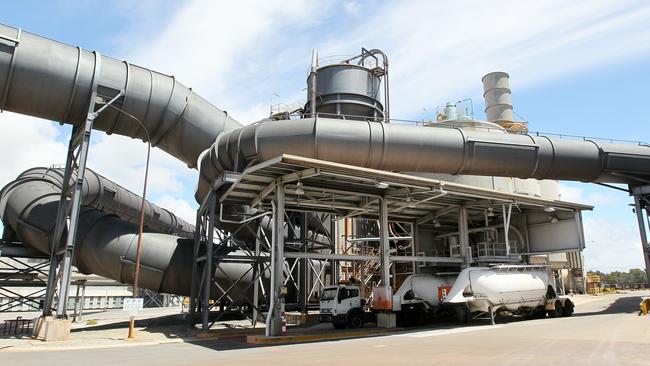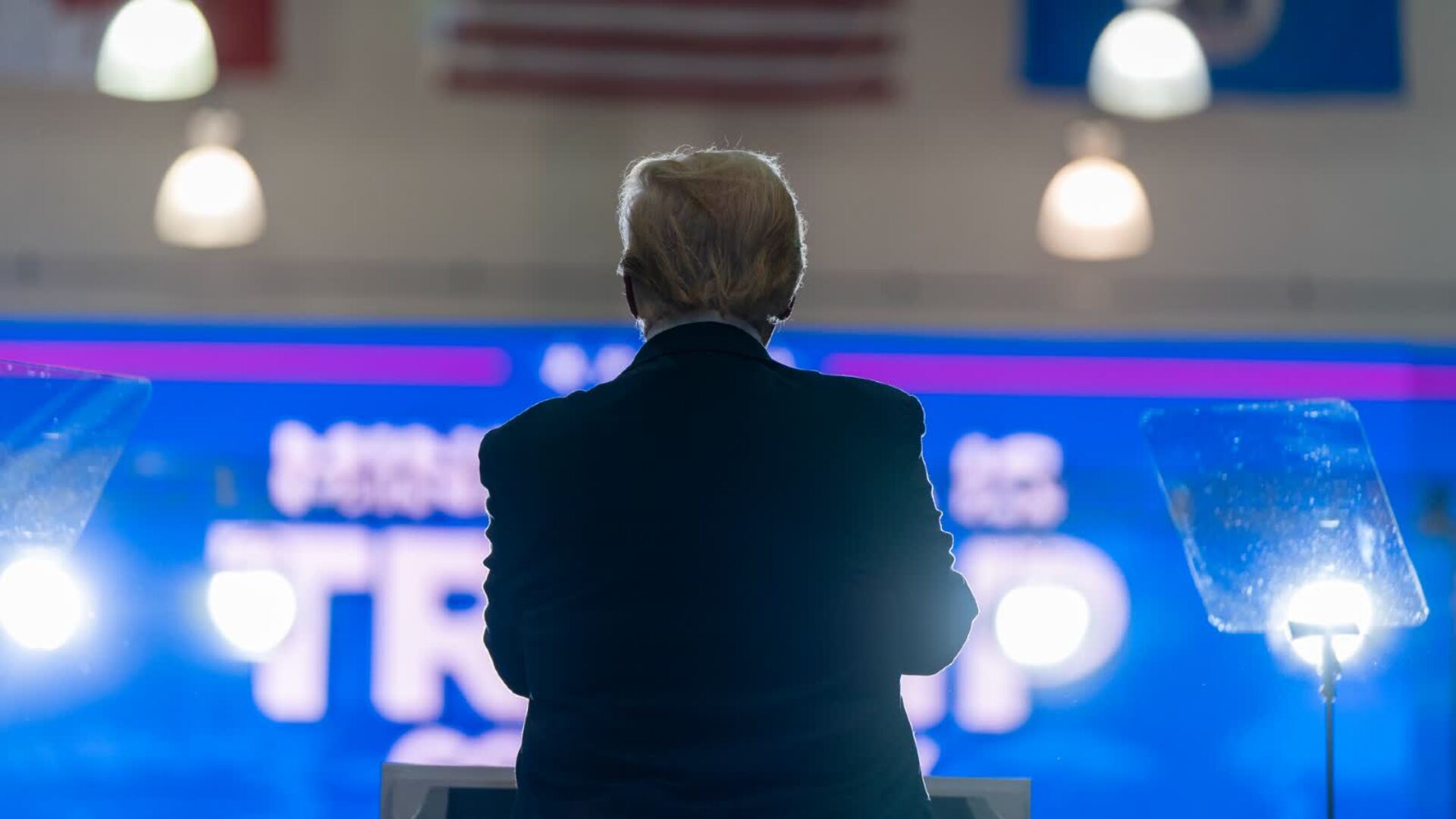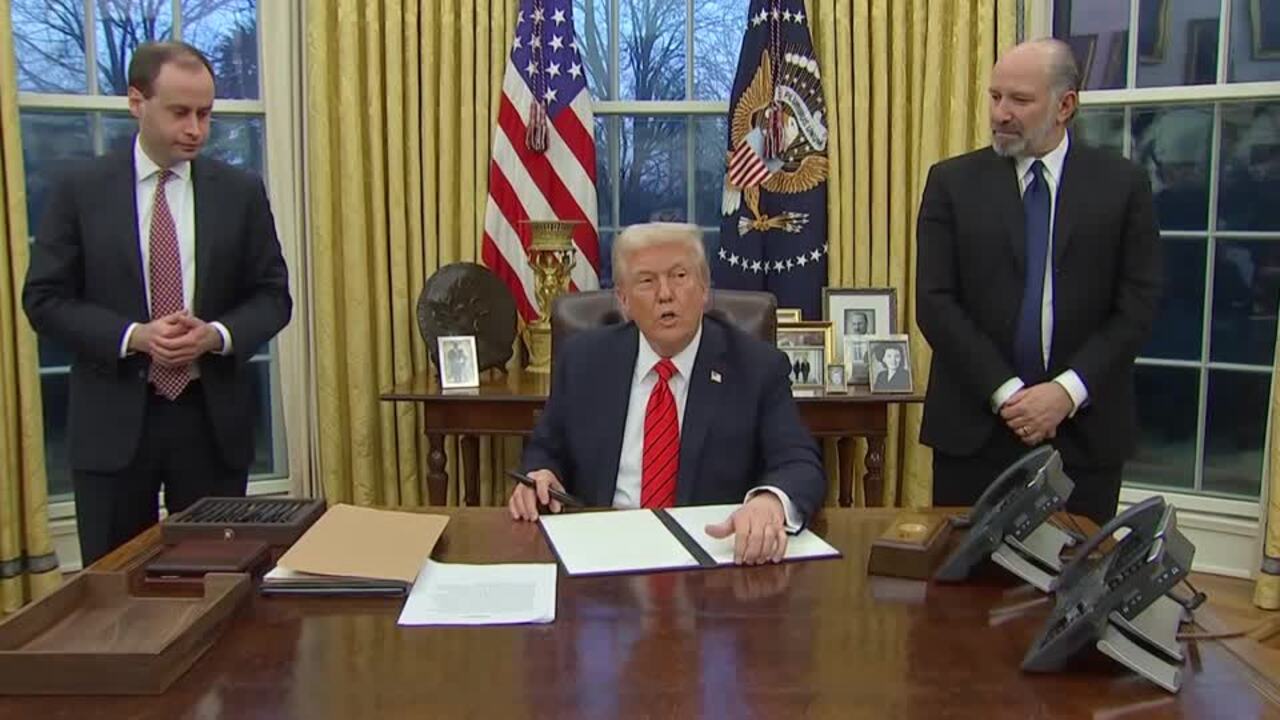
Is it not the case of just jacking up a carbon tax – that’s what the Safeguards Mechanism effectively is – which the Albanese government would surely favour? OK, US producers are exempt, but surely any effort to reduce emissions should be welcomed?
The Safeguard Mechanism was first introduced by the Coalition government, but it never made any difference because the settings were very weak. The Labor government sought to reform the scheme which covers more than 200 of the largest emitters. Baselines are set for the greenhouse gas emissions of these facilities, and these are then lowered by about 5 per cent per year. It has the hallmarks of an emissions trading scheme – aka a carbon tax.
Of course, given the technology limitations and the potential costs involved, quite a few of these facilities will end up closing.
Leaving aside the loss of thousands of well-paid jobs, often in regional areas, and the waste of capital and future opportunities – these are huge considerations – the closure of these plants will enable the government to boast about getting close to its emissions reduction targets.
Sure, the production will move to China and now the US, but what the heck?
While we are on the topic of strange things, how is that the Albanese government decided to hand out some $2bn of taxpayer money to the aluminium industry to help finance the transition to greater use of renewable energy? Surely the Safeguards Mechanism creates the incentives for the aluminium smelters to reduce their emissions lest penalties be paid? Recall here that aluminium is just congealed electricity: it requires a great deal of it on a continuous basis to produce the final product.

There is a handful of aluminium smelters (and alumina refineries) in Australia. There is the small (and old) smelter in Bell Bay, Tasmania that is mainly powered by hydro, but the others are powered by electricity that is, at this stage, mainly generated from coal. There is Portland in Victoria, Tomago in NSW and Gladstone, Queensland.
These plants are owned by various companies in partnership. Rio Tinto is the biggest owner of the assets. Recently, the value of its aluminium assets in Australia were written down substantially, which may well mean that there are longer-term plans to sell (or shut down) the facilities.
A botched arrangement affecting the Gladstone power station has meant that the Queensland government has been tipping in millions of dollars to subsidise the power there. The deal is up for renegotiation towards the end of the decade, and this could be the tipping point as far as the future of both the aluminium smelter and alumina refinery in Gladstone are concerned.
The Victorian government has had to subsidise the Portland plant for years because the price of electricity would have been too high to make it competitive.
We do export aluminium to the US but, by far the biggest exporter is Canada where its smelters are hydro-powered. The US imports about half of its consumption. Any reduction in Australia’s aluminium exports to the US would still be a bitter blow.
The most likely outcome, unless there is a complete reversal of the underlying landscape, is that Australia will end up exporting our raw bauxite to China and Korea and there will be no aluminium/alumina industry left in the country.

Steel is a little different in that BlueScope Steel has a large plant in Ohio and this partly protects the company from the imposition of tariffs by the US. The Whyalla Steelworks is already teetering. The imposition of tariffs by the US could be the final straw as steel is diverted into Australia to avoid the tariffs. The US does produce a substantial proportion of the steel it consumes.
It’s hard to avoid the conclusion that the Albanese government is basically out of its depth in a birdbath when it comes to these issues. Slapping the equivalent of a carbon tax on the big emitters via the Safeguard Mechanism was seen as good policy, but we must seek exemptions from the US tariffs on aluminium and steel.
What happened to the benefit of all that renewable energy we have been subsidising and which we are told is the cheapest means of producing electricity? Just perhaps, it was always far more complicated than that.




It’s surely strange that the Albanese government would crow about ramping up the Safeguard Mechanism on our largest greenhouse gas emitters, including our steel mills and aluminium smelters, and then complain about the Trump administration imposing a 25 per cent tariff on steel and aluminium?